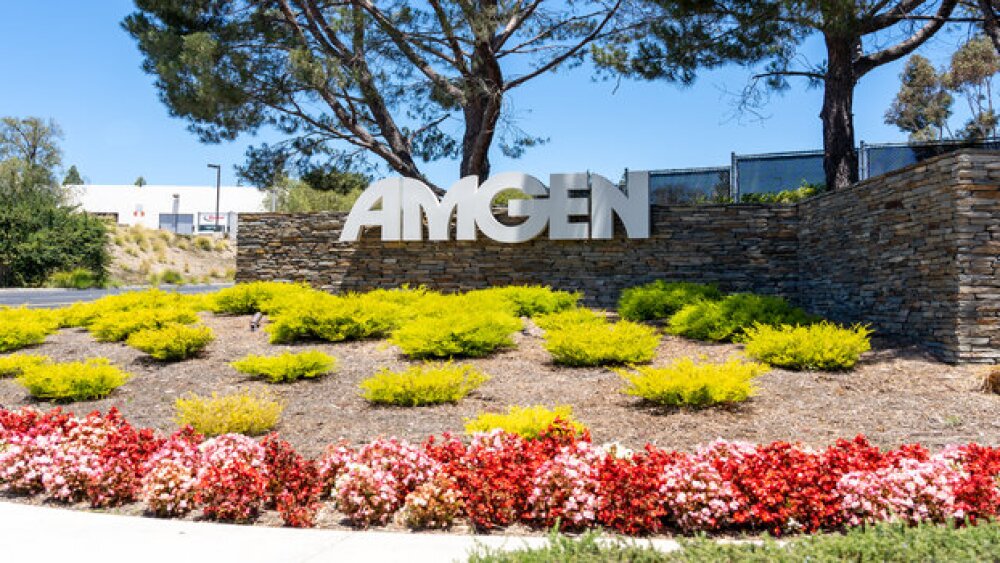If the attention generated by BioSpace’s coverage of this landmark approval is any indication, Americans are hungry for non-opioid pain treatments that could help quell the still raging opioid epidemic.
Last week, a post I shared on LinkedIn highlighting the FDA approval of Vertex’s Journavx netted around 9,000 impressions—a new record for me and an indication of the significance of this new pain therapeutic. The greenlight for Journavx—a first-in-class non-opioid analgesic—came just a week after Purdue Pharma and the infamous Sackler family agreed to pay $7.4 billion to settle lawsuits stemming from the company’s opioid-based painkiller OxyContin.
In 2022, nearly 82,000 Americans died from opioid overdoses, according to the CDC; 15,000 of those deaths involved prescription opioids, per ICER. Between 1999—four years after OxyContin’s FDA approval—and 2022, opioid overdoses were responsible for the loss of some 727,000 lives in the U.S., as the Sacklers cashed in.
In a Jan. 30 investor note, Leerink Partners analysts called Journavx’s approval “the start of something big,” and predicted that Vertex will “serially innovate and launch additional non-opioid pain medicines over the medium-long term.”
And Vertex isn’t the only one. Journavx’s approval was almost immediately followed by the news that Algiax Pharmaceuticals’ non-opioid drug AP-325 elicited persistent drops in pain within two weeks of treatment in a mid-stage trial. Also book-ending Vertex’s regulatory victory was a positive Phase III readout showing that Tris Pharma’s own non-opioid candidate cebranopadol demonstrated a statistically significant drop in pain intensity 44 hours post-operation. Others, including South Rampart Pharma, Latigo Biotherapeutics and Cara Therapeutics, are all vying for a piece of a global pain therapeutics space that could exceed $106.7 billion by 2032.
Analysts expressed uncertainty regarding the uptake of Journavx, with William Blair analysts suggesting in an investor note last week that it may face “initial inertia” from clinicians. The group does ultimately expect it to become a blockbuster, reaching $1 billion in sales by 2028. Journavx’s list price—$15.50 per pill or $420 for a two-week course—is half the cost of ICER’s expectations for cost-effectiveness, according to William Blair, but it is still considerably more expensive than generic opioids, which the firm said cost about $0.50 per pill.
Insurance coverage for Journavx is still unclear. While the opioid epidemic is unsparing in its reach, it is more pervasive in rural communities where employment opportunities are limited, according to the U.S. Department of Agriculture—as are funds to pay for a more expensive medicine. Vertex has set up a patient savings program, where eligible individuals—including military veterans and those on Medicare and Medicaid—can access Journavx for as low as $30 per prescription.
Journavx is an important start, but acute pain—the indication for which it’s approved—is only one segment of a much larger pain population, and the opioid crisis overall. Chronic pain is the leading cause for seeking medical aid in the U.S., according to Avise Analytics, which referenced a 2016 study by the CDC, NIH and others that estimated 20.4% percent of U.S. suffered from this condition.
Vertex has conducted studies of Journavx in patients with chronic pain conditions like lumbosacral radiculopathy. Unfortunately, Journavx failed to significantly outperform placebo in a Phase II trial in this indication in December 2024, delivering Vertex a 13% stock hit, though Jefferies analysts shared their belief that it “is still an active drug and has promise as a chronic pain drug.” Vertex is also studying the drug as a possible treatment for pain associated with diabetic peripheral neuropathy.
Here at BioSpace, we will keep covering—and sharing—advances and setbacks in this space. It is clear there is an appetite for these non-opioid options and the news that stems from their development, with Journavx’s approval easily taking the spot as our top story last week. More often, the articles that draw the most eyeballs are those highlighting late-stage trial failures, stock crashes and political theater, so it’s refreshing to see positive, potentially game-changing news generate this much attention.






